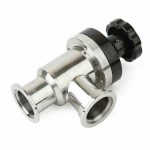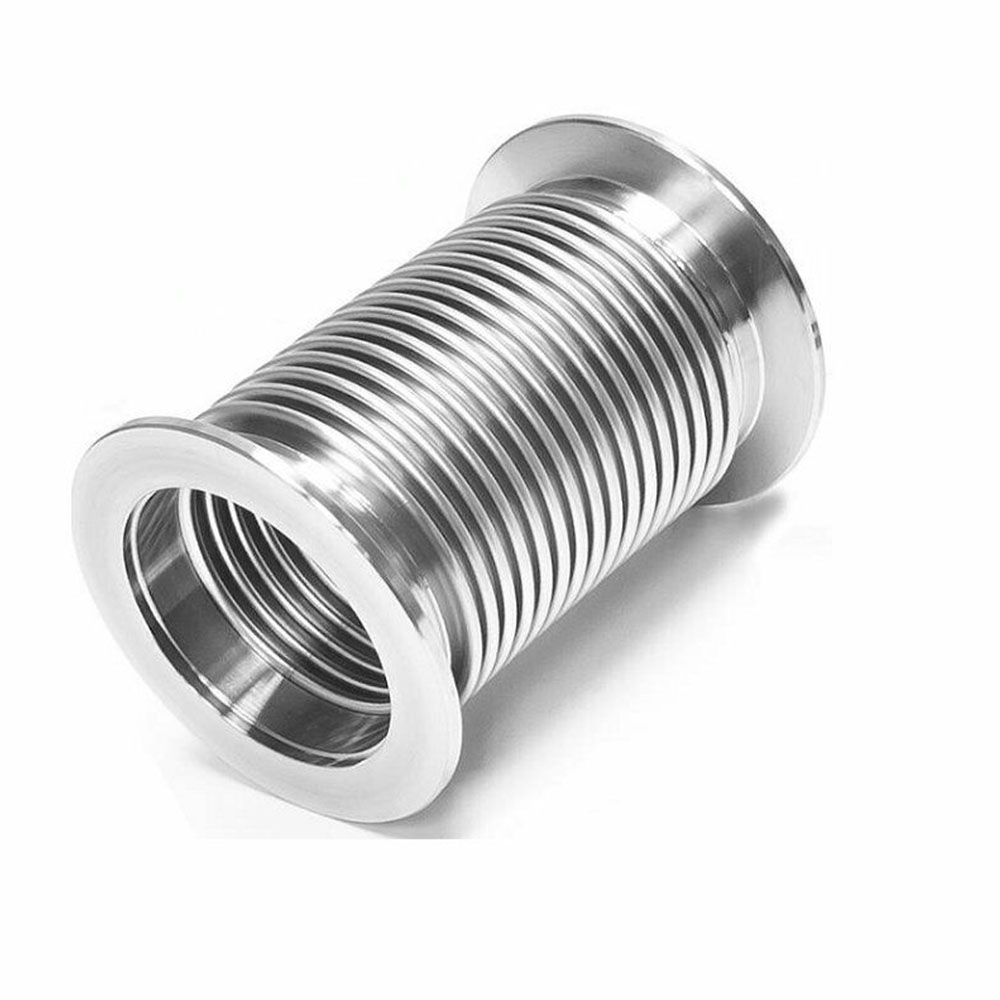
What is the Difference between Vacuum Valve and Common Valve?
Vacuum valve refers to the valve whose inner cavity is in vacuum state, usually called negative pressure. The inner cavity pressure is lower than atmospheric pressure. It is used in vacuum pipeline system, including vacuum ball valve, vacuum butterfly valve, vacuum diaphragm valve, etc. The medium is of high purity.
Ball valve, gate valve, stop valve and so on can produce real air valve and common conventional valve. There is no difference from the appearance, but there are differences in the design of valve connection parts, only the details.
Compared with positive pressure valve, vacuum valve has the following characteristics:
The pressure is lower than atmospheric pressure, and the pressure drop on the disc cannot exceed 1 kgf / cm2. The working temperature of the medium depends on the process of using the device. The temperature generally does not exceed the range of – 70 to + 150 ℃.
The most basic requirement for this kind of valve is to ensure the high tightness of the connection and the compactness of the structure and gasket material.
According to the medium pressure vacuum valve can be divided into four groups:
1) Low vacuum valve: medium pressure P = 760 ~ 1mm Hg;
2) Medium vacuum valve: P = 1 × 10-3 mm Hg.
3) High vacuum valve: P = 1 × 10-4 ~ 1 × 10-7 mm Hg;
4) Ultra high vacuum valve: P ≤ 1 × 10-8 mm Hg.
The valve stem widely used in vacuum valve is a vacuum bellows stop valve which moves in a straight line. The gate valve is limited greatly, but for large diameter, ball valve, plunger valve and butterfly valve are also available.






